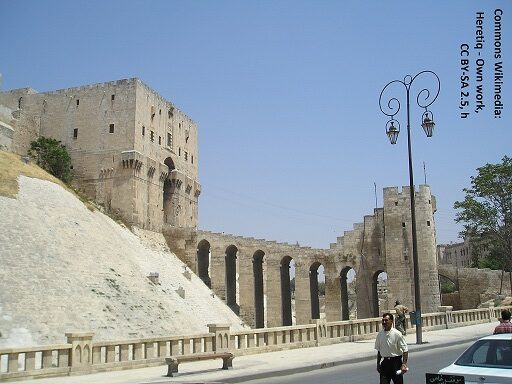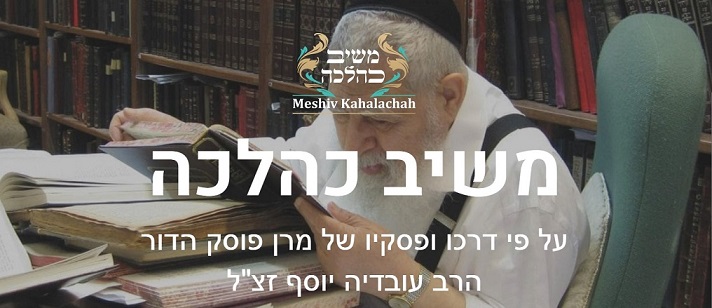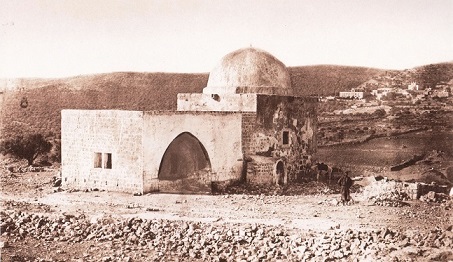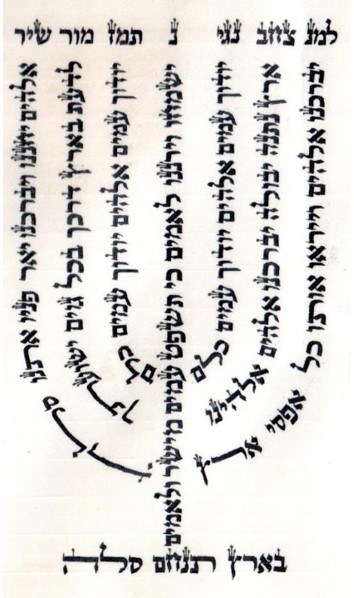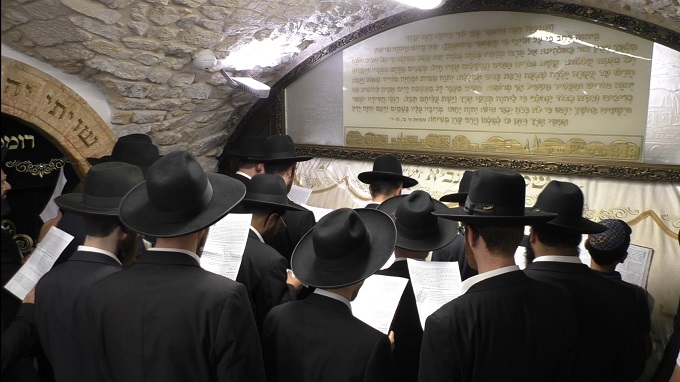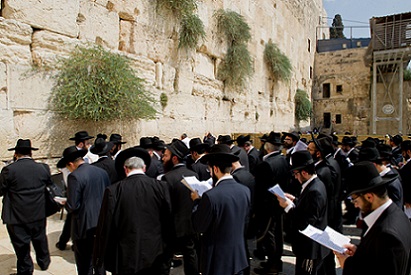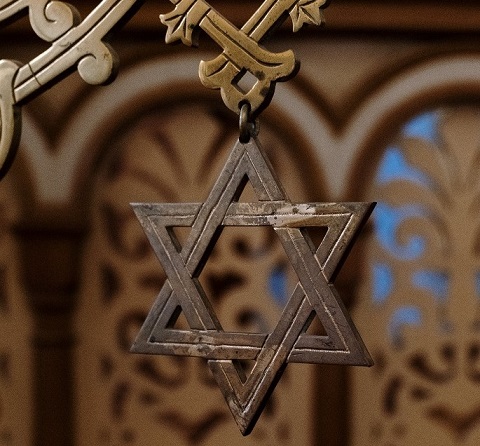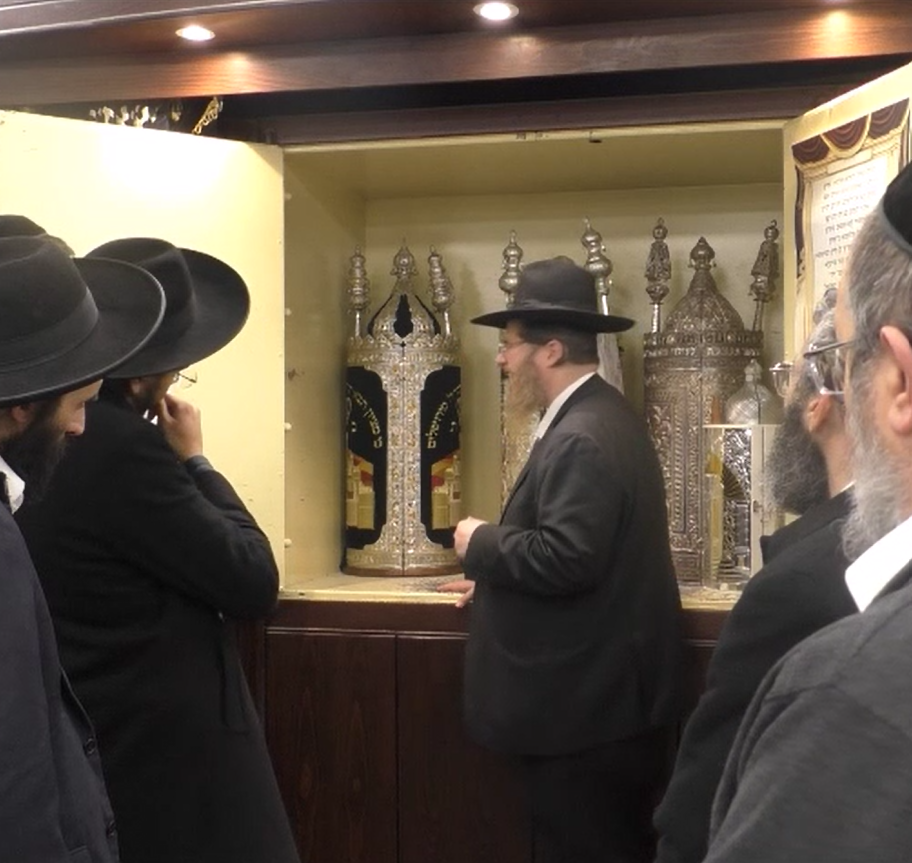Question:
I have heard a lot of controversy surrounding the covenant of brit milah and specifically how it is to be performed. As I understand, the covenant as it is performed today consists of two parts: milah and periah, with milah consisting of the cut itself and periah the peeling of the membrane. There are some who say that periah was not added until after the Bar Kokhba revolt. It is also assumed that it is possible to perform milah without periah as in the saying, if one does milah without periah, it is as though he did not do milah. My question is, what does such a circumcision look like? How is it possible to remove the foreskin without performing periah? And is there any evidence that this was added? Your insight will be very much appreciated.


